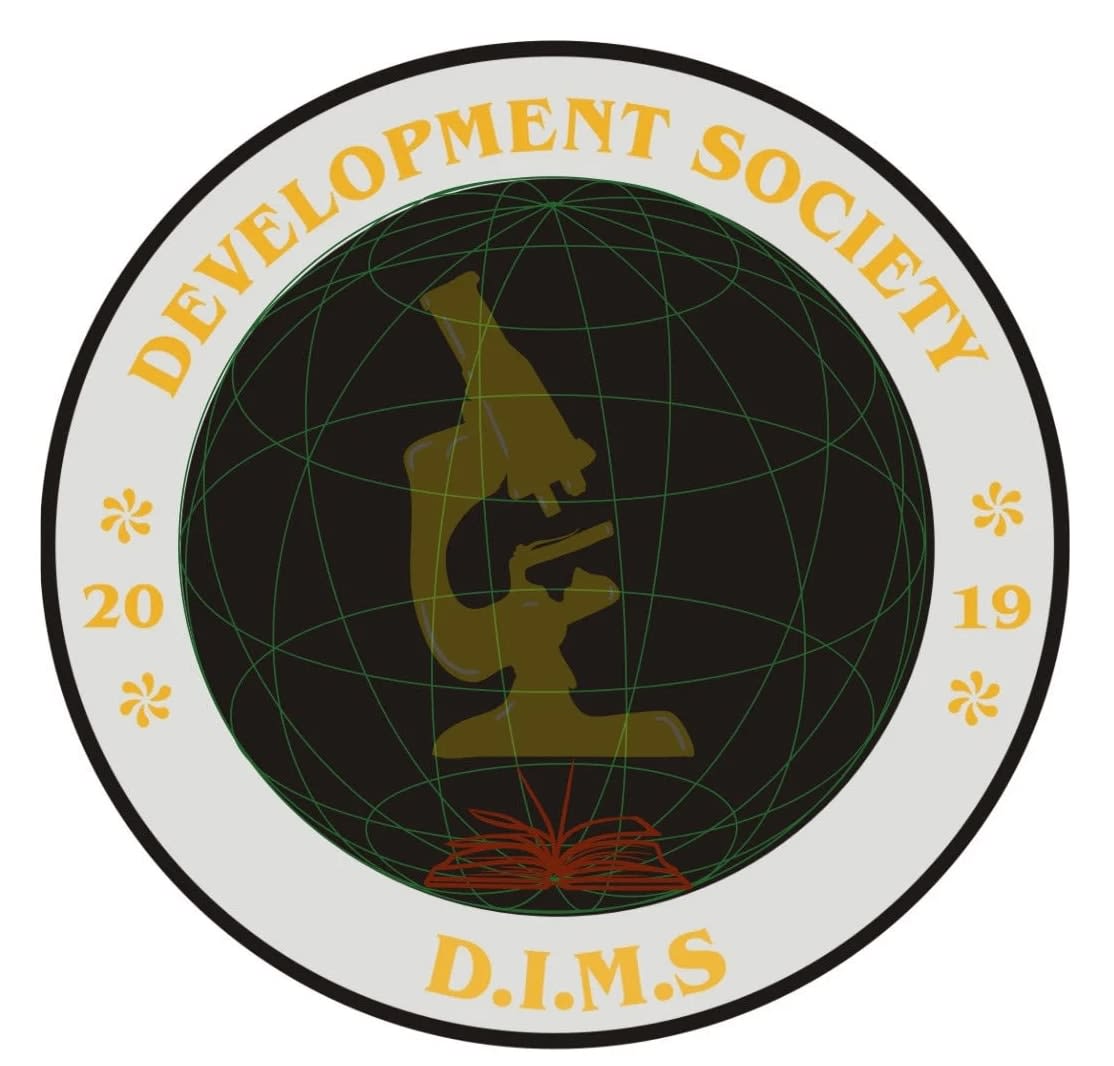Services

Quality & Risk Analytics
By breaking down the quality and risk service into these key components below, the initiative is effectively address potential challenges, maintain high standards of quality, and proactively manage risks to support successful project outcomes.
1. Risk Identification:
- Identify potential risks related to the project, such as technical, operational, financial, or external factors.
- Consider risks specific to the initiative, including website development, flyer distribution, and organizational impact.
2. Risk Assessment:
- Evaluate the likelihood and impact of each identified risk on the project's success.
- Prioritize risks based on their severity and potential to disrupt the initiative's objectives.
- Consider the impact of risks on quality, timelines, budget, and stakeholder satisfaction.
3. Risk Mitigation and Management:
- Develop strategies to mitigate or eliminate high-priority risks.
- Implement risk management processes, such as risk transfer, risk avoidance, risk reduction, or risk acceptance.
- Assign responsibilities for risk management and establish clear communication channels.
4. Quality Standards:
- Define quality standards and benchmarks for website development, content creation, and promotional materials.
- Establish criteria for evaluating the quality of deliverables, including website functionality, design aesthetics, and messaging consistency.
- Ensure alignment with brand guidelines, industry best practices, and user experience standards.
5. Quality Assurance Processes:
- Implement quality assurance processes to monitor and evaluate the adherence to quality standards.
- Conduct regular reviews and inspections of website components, marketing materials, and project milestones.
- Incorporate user feedback and testing to validate quality and identify improvement opportunities.
6. Continuous Improvement:
- Foster a culture of continuous improvement to address quality and risk issues proactively.
- Encourage ongoing feedback, lessons learned, and corrective actions to enhance quality and mitigate future risks.
- Document and analyze quality and risk-related data to inform decision-making and process refinement.
7. Stakeholder Communication:
- Communicate quality and risk-related updates to stakeholders, project team members, and relevant parties.
- Provide transparency regarding identified risks, mitigation strategies, and quality assurance outcomes.
- Engage stakeholders in risk assessment activities and quality improvement initiatives.
Contact Us
Get In Touch
Get in touch to discuss with us how we can best assist you.
